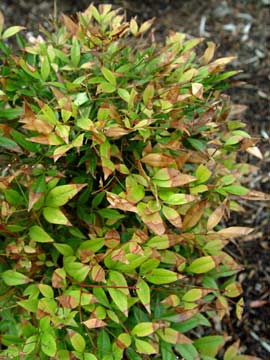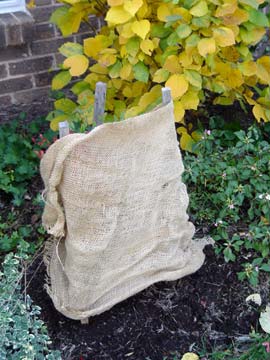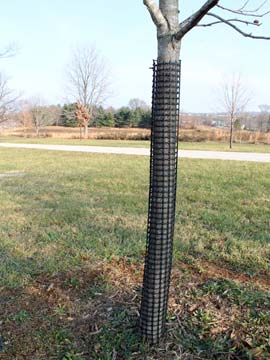Winter weather, with its frigid temperatures and ice accumulation, poses significant challenges to garden landscapes. While extreme conditions can lead to irreversible damage, implementing preventive measures during the fall can substantially mitigate the risks. This guide outlines key strategies to protect your garden from winter’s harsh effects.
Ensuring Soil Moisture in Fall
One crucial, yet often overlooked, step is maintaining soil moisture until freezing occurs, typically between late October and early December. Watering plants in dry autumn conditions is essential, as plants and roots continue to grow and require moisture. This is especially important for newly planted vegetation, which relies heavily on consistent moisture near the root ball.
Special Care for Evergreens
Broadleaf evergreens, such as cherry laurel and holly, need soil moisture during their growth period in fall and continue to lose moisture through their leaves throughout winter. Planting these in wind-protected areas and maintaining soil moisture can prevent "windburn," a condition where foliage browns and, in severe cases, leads to plant death.

The leaf tips of this nandina have been wind-burned during a cold winter.
© George Weigel
Continuous Watering Practices
Gardeners should continue watering the soil every couple of weeks during fall, and in regions where the ground doesn’t freeze, this practice should extend throughout the winter. Although the watering frequency is less than in summer, it remains crucial for plant health during the colder months.
Physical Protection of Plants
For tender and borderline-hardy plants, wrapping them in burlap can provide a barrier against wind and cold. Adding extra insulation with leaves or straw inside the burlap protector further enhances protection. However, the use of anti-transpirants to reduce moisture loss in evergreens has shown mixed results and is generally not as effective for winter protection.

A garden plant covered with a burlap sack for protection.
© George Weigel
Mulching for Insulation
Applying 2 to 3 inches of mulch around trees, shrubs, and perennials is beneficial for maintaining soil moisture, providing insulation, and preventing root exposure due to soil heaving. Materials like wood chips, pine straw, and fallen leaves serve as excellent mulch. However, excessive mulching against the trunks of certain plants can create risks, such as bark rot and attracting rodents.
Soil Nutrition and Fertilization
Fall is an opportune time for soil testing and fertilization. Applying a slow-release fertilizer ensures that nutrients are available in the root zone when plants resume growth in spring. This preparation is crucial for grass plants entering dormancy.

A young tree trunk wrapped with a black plastic mesh guard to protect its bark
© George Weigel
Guarding Against Animal Damage
Winter also brings the threat of animal damage, with deer, rabbits, and voles potentially causing more harm than weather conditions. Protective measures like wrapping tree trunks and erecting fences can mitigate these risks. Additionally, using repellent sprays can deter animals from vulnerable plants.
Conclusion
Through diligent preparation in the fall, gardeners can significantly reduce the risk of winter damage to their landscapes. By maintaining soil moisture, protecting plants physically, ensuring soil nutrition, and guarding against animal threats, gardens can be preserved through the challenging winter months.